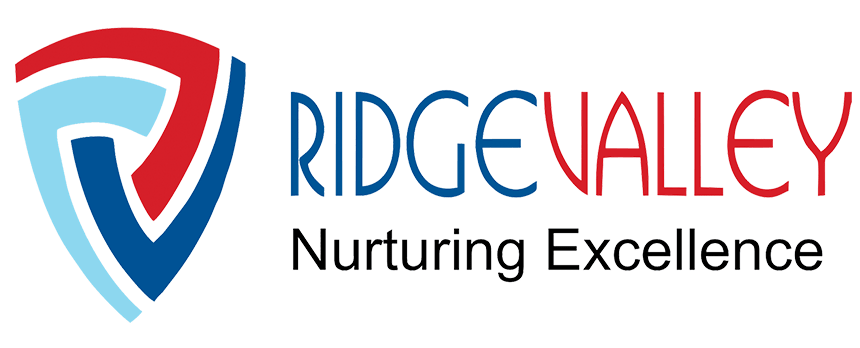Introduction:
In the dynamic world of education, where the needs of students continue to evolve, schools are increasingly recognizing the importance of tailoring learning environments to diverse learning styles. Traditional classrooms, often designed with a one-size-fits-all approach, may not fully address the variety of ways in which students absorb and retain information. At Ridge Valley, the Best School in gurgaon , this is where the concept of multisensory classrooms comes into play—environments that engage multiple senses to enhance learning outcomes. By appealing to auditory, visual, tactile, and kinesthetic learning modalities, multisensory classrooms have proven to be powerful tools in providing inclusive education for all students.
Multisensory classrooms are designed with the understanding that each student learns differently. Some students are auditory learners who thrive when they listen to explanations, while others are visual learners who absorb information best through images, diagrams, and written content. Kinesthetic learners, on the other hand, benefit from hands-on activities that allow them to physically interact with learning materials. Multisensory classrooms aim to create an immersive experience that integrates these various learning modalities, offering students the flexibility to learn in ways that resonate with them.
About Us:
Ridge Valley School embraces the concept of multisensory classrooms, understanding that each child learns differently. By engaging multiple senses in the learning process, we cater to all learning styles—visual, auditory, and kinesthetic. Our classrooms are designed to stimulate a variety of senses through interactive lessons, hands-on activities, and technology integration. This multisensory approach helps students retain information better, enhances engagement, and makes learning enjoyable. Whether it’s through tactile learning tools, auditory support, or visual aids, our teachers use diverse strategies to ensure every student’s needs are met, empowering them to excel academically and beyond.
The Multisensory Learning Approach: What Is It?
Multisensory learning is an educational approach that uses more than one sense simultaneously to enhance learning. Rather than limiting teaching methods to traditional visual and auditory modalities, multisensory classrooms integrate tactile, kinesthetic, and even olfactory (smell) and gustatory (taste) experiences into the learning process. This approach caters to a broader spectrum of learning preferences, ensuring that all students, regardless of their learning style, can engage with the content meaningfully.
In a multisensory classroom, students are exposed to various forms of stimuli that correspond to their individual learning preferences. For example, a lesson on a science topic may include written material (visual), a video (visual and auditory), a hands-on experiment (kinesthetic), and a class discussion (auditory). By engaging multiple senses, these lessons make the content more memorable, meaningful, and accessible to all students.
Why Multisensory Classrooms are Essential for All Learners
A multisensory approach to learning offers several advantages, especially in diverse classrooms where students may have different learning needs. The benefits of multisensory learning are vast and far-reaching, affecting everything from student engagement to long-term retention of information.
-
Enhanced Engagement and Focus
One of the key benefits of a multisensory classroom is its ability to captivate students’ attention. In traditional classrooms, students may become disengaged if they are not actively involved in the lesson. However, when students are encouraged to use multiple senses, they become more actively engaged in the learning process. The variety of stimuli keeps students interested, reducing boredom and the likelihood of distractions.
For instance, a visual learner might enjoy watching a video related to the topic, while a kinesthetic learner might benefit from participating in a group activity or experiment. The combined sensory experiences keep all learners engaged and promote focus, which is essential for successful learning.
-
Increased Retention of Information
When students engage more than one sense, they are more likely to retain the information presented. This is known as dual coding theory, which suggests that when information is presented through both verbal and visual means, it is encoded in the brain more effectively. A multisensory approach taps into this theory by using a combination of auditory, visual, and kinesthetic elements to reinforce learning, resulting in stronger memory retention.
For example, when students learn a new concept through a hands-on activity while listening to an explanation and viewing visual aids, they are more likely to remember the information long after the lesson is over.
-
Supporting Diverse Learning Styles
Every student has a unique learning style, and traditional methods of teaching may not effectively support all students. By incorporating multisensory techniques, educators can address the varying needs of visual, auditory, and kinesthetic learners, ensuring that each student has access to content in a way that suits them best.
Visual learners benefit from the use of diagrams, charts, and written materials, while auditory learners excel with lectures, discussions, and audio recordings. Kinesthetic learners thrive with activities that require movement or the manipulation of physical objects. Multisensory classrooms offer a learning experience that is inclusive and adaptable, making it easier for teachers to cater to diverse students.
-
Improved Academic Performance
Studies have shown that multisensory learning can improve academic performance, particularly in subjects that are typically challenging for some students, such as reading and mathematics. For example, students with dyslexia or other learning disabilities often struggle with traditional methods of instruction. By incorporating multisensory techniques, teachers can provide alternative pathways for learning, making these subjects more accessible and understandable.
In language arts, for example, a multisensory approach might include activities like spelling games, reading aloud, and using tactile letters for hands-on practice. These approaches make it easier for students to grasp difficult concepts and improve their skills, leading to improved academic outcomes.
-
Supports Emotional and Social Development
The integration of multisensory experiences in the classroom also contributes to students’ emotional and social growth. Activities that engage multiple senses foster collaboration, communication, and creativity. Working together in group activities or experiments encourages students to interact with their peers, helping to develop teamwork and social skills.
Additionally, engaging in activities that appeal to different senses can help students build confidence in their abilities. When students succeed in completing a multisensory task, whether it’s through writing, drawing, or physical activity, they gain a sense of accomplishment and self-assurance.
Key Components of Multisensory Classrooms
To create an effective multisensory learning environment, several key components need to be incorporated into the classroom setup. These elements are designed to stimulate different senses and create an immersive learning experience.
-
Visual Elements:
Visual aids such as charts, diagrams, slideshows, and color-coded materials are essential in a multisensory classroom. These tools help students visualize concepts, making it easier for them to understand and retain information. Interactive whiteboards and projectors also allow for dynamic, multimedia presentations that cater to visual learners. -
Auditory Elements:
Incorporating auditory components such as music, podcasts, audio books, and class discussions enhances the learning experience for auditory learners. Teachers can use different tones and speech patterns to emphasize important information, keeping students engaged. Additionally, listening exercises and verbal explanations can reinforce the material in a way that caters to auditory learners. -
Kinesthetic Elements:
Kinesthetic learners benefit from hands-on activities that involve movement and physical interaction. Incorporating games, role-playing, building activities, and interactive experiments in the curriculum engages students physically and mentally. These activities help students internalize concepts through physical actions, making learning more tangible. -
Tactile Elements:
Tactile learning involves using the sense of touch to reinforce learning. Incorporating objects such as textured materials, clay, or manipulatives allows students to physically engage with the content. For example, students can manipulate blocks to solve math problems or trace letters to improve handwriting skills. -
Technology Integration:
Technology plays a significant role in modern multisensory classrooms. Tablets, apps, and virtual learning platforms can provide interactive, immersive learning experiences. Digital simulations and interactive software allow students to explore concepts in a way that combines auditory, visual, and kinesthetic elements. Moreover, technology offers an effective way to cater to individual learning needs, with personalized learning tools and resources.
Challenges in Implementing Multisensory Classrooms
Despite the numerous benefits, implementing multisensory classrooms comes with its challenges. Educators need to ensure that they have the resources and training necessary to create an effective multisensory environment. Furthermore, the classroom design should be flexible enough to accommodate various activities and provide enough space for movement.
-
Resource Constraints:
Creating a multisensory classroom requires a wide range of materials and equipment, which can be costly. Schools must ensure they have the necessary resources to provide a variety of sensory experiences. This may include purchasing tactile materials, technology tools, and auditory devices. -
Teacher Training:
Teachers need specialized training to effectively implement multisensory techniques. While many teachers are familiar with traditional teaching methods, they may not be equipped with the skills to create a fully multisensory learning environment. Professional development opportunities focused on multisensory strategies can help educators gain the knowledge and confidence to adapt their teaching practices.
Conclusion:
Multisensory classrooms are a powerful tool for enhancing the learning experience and promoting academic success for students of all learning styles. At Ridge Valley, the Best School in gurgaon where by engaging multiple senses, these classrooms provide an inclusive, dynamic, and interactive environment that caters to the diverse needs of students. As schools continue to embrace this approach, they are not only improving the academic performance of their students but also preparing them for the challenges of the future.
Incorporating multisensory techniques into the classroom is a crucial step toward providing a more personalized and engaging learning experience. With the right tools, resources, and teacher training, multisensory classrooms can become a transformative educational model that nurtures creativity, collaboration, and critical thinking skills—essential for success in today’s rapidly evolving world.
FAQs:
Q1: How do multisensory classrooms support diverse learning styles?
Multisensory classrooms cater to visual, auditory, and kinesthetic learners by engaging multiple senses. This approach allows students to connect with the content in ways that suit their individual learning preferences.
Q2: What are the core benefits of multisensory learning?
Multisensory learning enhances engagement, boosts retention, encourages critical thinking, and helps students retain knowledge more effectively by involving multiple senses in the learning process.
Q3: Can multisensory classrooms be effective in all subjects?
Yes! From mathematics to literature, multisensory learning works across all subjects. Activities like hands-on experiments, discussions, and visual aids can be used to reinforce any subject matter.
Q4: How does multisensory learning impact memory retention?
Engaging multiple senses helps students form stronger mental connections, leading to better recall. The more ways a student interacts with the material, the more likely they are to remember it.
Q5: What technology is best suited for multisensory classrooms?
Interactive whiteboards, apps, tablets, and digital simulations all play key roles in multisensory learning by providing visual, auditory, and tactile learning experiences.
Q6: Is multisensory learning effective for all age groups?
Absolutely! Multisensory techniques benefit learners of all ages, from preschoolers engaging in tactile activities to older students using multimedia tools to grasp complex concepts.










